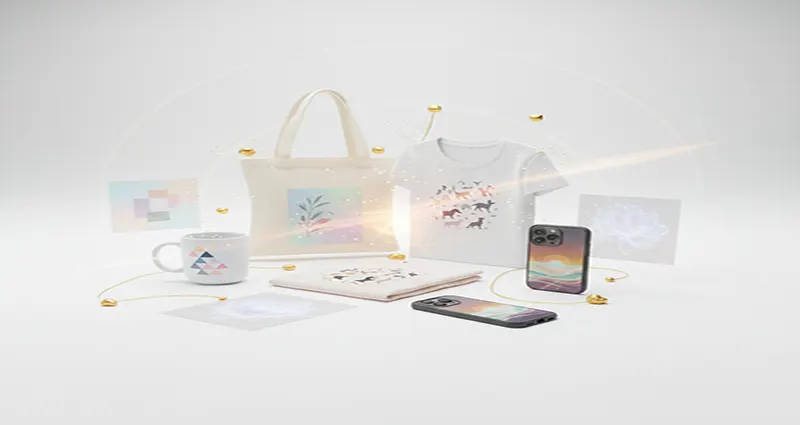Starting a Print-on-Demand (POD) business can feel like diving into a saturated ocean. Everywhere you look, there are “Mug Queen” or “Cat Dad” designs. However, the true opportunity lies in finding micro-niches—specific, underserved corners of the market where competition is low and customer passion is high.
For beginners, selecting a niche with high retention and low competition is the key to minimizing marketing costs and achieving early sales momentum. This 500-word guide outlines proven strategies and specific niche categories where you can plant your POD flag and find success in a crowded marketplace.
🔍 Strategy 1: The “Hobby + Identity” Overlap
The most successful POD niches combine a person’s identity (who they are) with a specific hobby or interest (what they do). This overlap creates deeply personal designs that people are excited to buy, often resulting in higher conversion rates.
| High Competition Niche | Low Competition Micro-Niche | Why it Works |
| Yoga | Hot Yoga Instructor Appreciation Gifts | Targets professionals, not just practitioners. |
| Baking | Sourdough Starter Enthusiast | Appeals to a very specific, passionate subset of bakers. |
| RV/Camping | Full-Time Van Life Digital Nomad | Targets a lifestyle and profession, not just a weekend activity. |
🛠️ Strategy 2: Focus on Functionality and Utility (Beyond Apparel)
Apparel (t-shirts and hoodies) is the most saturated POD category. Beginners should prioritize products that offer utility in specific niches, where design serves a purpose.
- Niche 1: Educational & Teacher Resources
- Products: Clipboard designs for specific subjects (e.g., Chemistry Periodic Table layout), Lanyard designs for different school roles (e.g., School Nurse, Substitute Teacher), or Totes for carrying specific teaching materials.
- Low-Competition Angle: Focus on the subject itself or the tools of the trade, not just generic slogans.
- Niche 2: Hyper-Specific Sports/Activities
- Products: Water bottles/Insulated tumblers for long-duration sports, Small signs/Decals for training rooms.
- Low-Competition Angle: Target obscure high school sports (e.g., Water Polo, Lacrosse Goalie), or specific roles within a team (e.g., “The Soccer Team’s Official Water Runner”).
- Niche 3: Pet Niches (Beyond Dogs & Cats)
- Products: Bandanas, Pet Mats, or Bowls.
- Low-Competition Angle: Focus on unique pets or roles: Axolotl Owners, Lizard Keepers, or Certified Emotional Support Animals.
📈 Strategy 3: Target Event-Driven and Hyper-Local Demand
These niches have bursts of high demand and low, sustained competition because the market is geographically or temporally limited.
- Hyper-Local Pride: Instead of city-wide pride, focus on Neighborhood-Specific Pride. People feel deep loyalty to their street, park, or local coffee shop.
- Design Idea: A clean design featuring the area code or a famous local landmark known only to residents.
- Retirement or Milestone Anniversaries: Focus on retirement dates for specific professions (e.g., “Retired Civil Engineer Class of 2025,” “30 Years in Nursing”). These are one-time purchases with high emotional value.
- Holiday Role Products: Go beyond generic Christmas apparel. Target the specific roles of people during the holiday season (e.g., “Official Holiday Party Bartender,” “Chief Cookie Tester,” “Ugly Sweater Contest Judge”).
To find success in the competitive POD space, stop chasing trends. Instead, focus your energy on identifying passionate, small communities. By using the “Hobby + Identity” overlap and prioritizing niche-specific utility products, you can minimize your marketing spend and build a profitable, sustainable business from day one.











